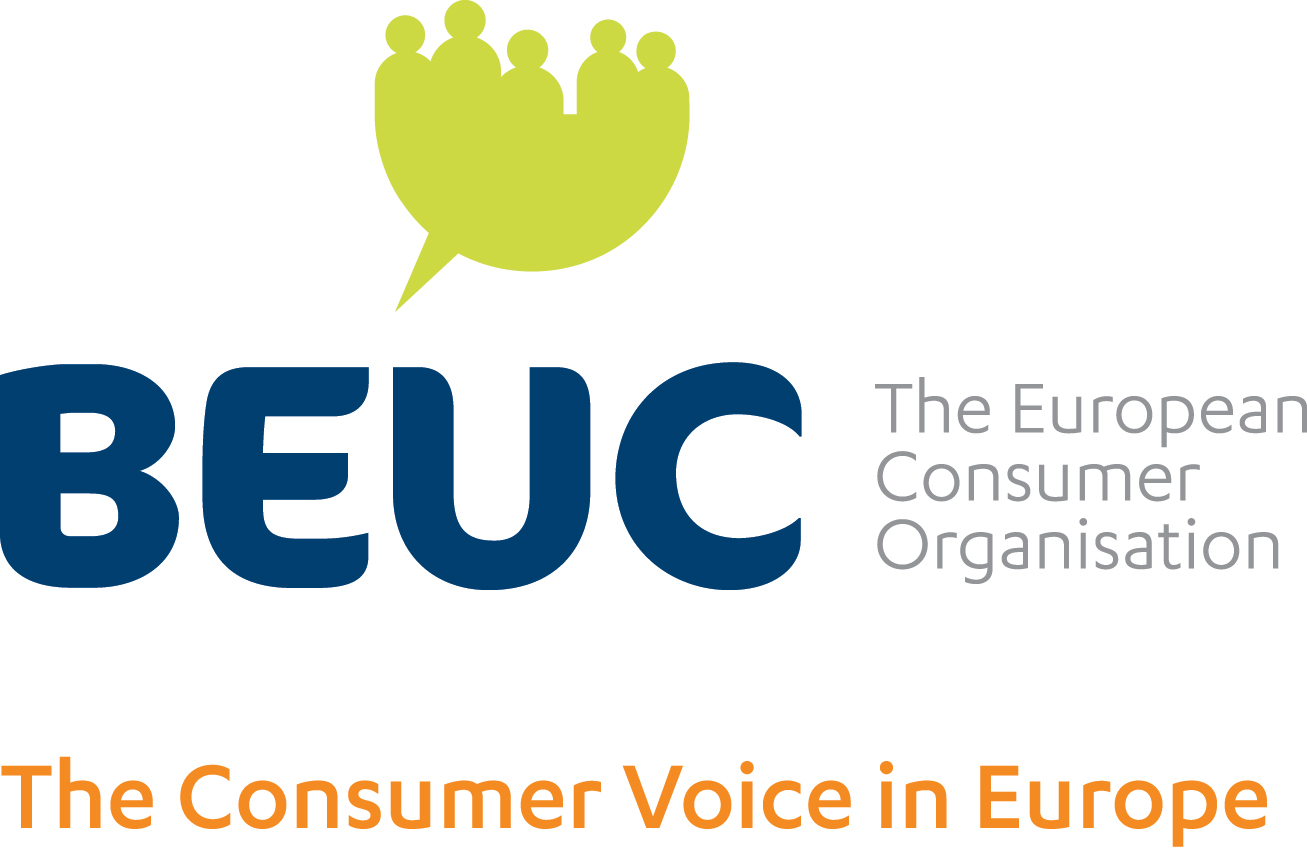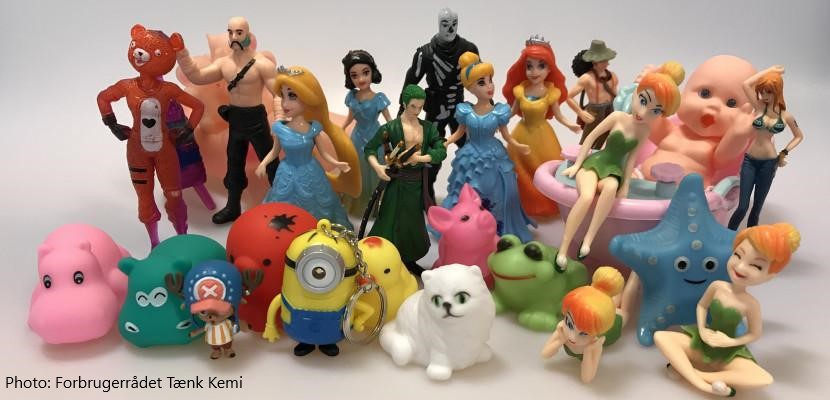Harmful chemicals in toys: what to know ahead of the festive season
Harmful chemicals in toys: what to know ahead of the festive season
BEUC NEWS - 27.11.2019
With Christmas around the corner, countless new toys are about to reach children’s homes. Our member organisations regularly put toys under a microscope to look for unwanted chemicals. It turns out 2019 has been no exception to previous years: problematic substances still make it into toys.
Children come in close contact with the chemicals in toys as they can absorb them through their mouth or skin while playing. The health of little ones is particularly at risk, as their organisms are still developing.
Here’s a glimpse at the unwanted chemicals found in toys by consumer groups across Europe in 2019:
- Our Danish member Forbrugerrådet Tænk found that 9 out of 29 toy products – i.e. nearly one third – contained illegal levels of phthalates. These substances, used to soften plastic, can disrupt the hormone system and harm reproductive health.
- In Germany, Stiftung Warentest tested toys for up to 240 substances. The most frequently detected substance, naphthalene was found in critical amounts in 4 out of 23 ‘talking’ dolls, action figures, and soft toys.1 Naphthalene and its chemical cousins, polycyclic aromatic hydrocarbons (PAHs), which were also found in the test, are suspected to cause cancer.
- Altroconsumo in Italy found 2 coloured markers out of 18 that were chemically dangerous. One failed to comply with the EU’s Toy Safety Directive since it contained a harmful substance also found in paint thinner or glue. The other contained high levels of highly allergenic substances.
- In Denmark, nearly half of tested balloons (7 out of 15) released cancer-causing nitrosamines above the EU legal limit values. Consumers are more commonly exposed to these chemicals through cigarette smoke.
The issue of chemicals in toys is unfortunately nothing new. In the 2019 release of the list of dangerous products that made it to the EU’s recall system, the Safety Gate, toys again made it to the top.
In many cases, the most problematic products were purchased on online platforms, from third party sellers sitting outside the EU. Last week, we flagged to the EU Commission that numerous dangerous products can be found online and urged for follow-up actions.
Many consumer groups have advised people to take extra care when buying toys through such online marketplaces. Similarly, Dutch authorities have recommended to avoid toys that seem unreasonably cheap.
These test results shed light on the urgent need for EU authorities to tackle harmful chemicals in toys head on to protect children’s health via a reform of the Toy Safety Directive. Changes should include more ambitious rules for chemicals in toys and more resources for Member states to enforce existing rules.
Here are some other examples from consumer tests prior to 2019:
- 2018:
Phthalates in plastic footballs, Forbrugerrådet Tænk
Dangerous slime toys: consumer groups ask EU to keep kids safe, BEUC - 2017:
Test: Fidget spinners can contain unwanted chemicals above legal limits, Forbrugerrådet Tænk
Toys: Still phthalates in toys and products for kids, Forbrugerrådet Tænk - 2016:
Harmful substances in school supplies, UFC-Que Choisir - 2015:
Soft toys: two thirds fall through the safety and pollutant test, Stiftung Warentest - 2014:
Harmful chemicals found in soft toys, Forbrukerradet.
- Note: a previous version of this article referred to "legal limit". The tested toys complied with the legal limit but not with the strict German 'GS' criteria. Complying with those is however possible, as shown by many unproblematic products. The figure has also been changed from 7 to 4.
The European Consumer Organisation
Europäischer Verbraucherverband
Bureau Européen des Unions de Consommateurs



